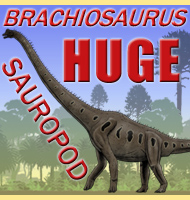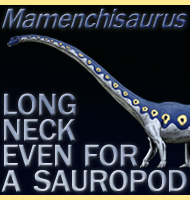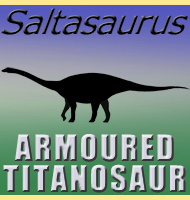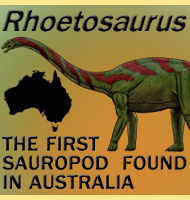


Isanosaurus
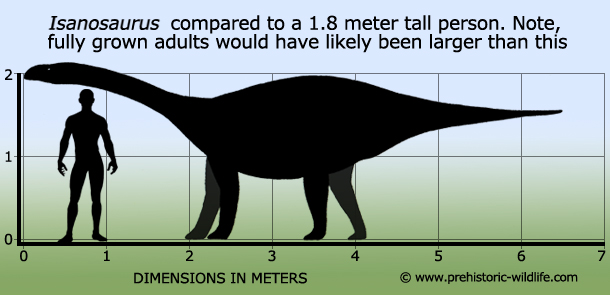
Name:
Isanosaurus
(Isan lizard).
Phonetic: I-san-o-sore-us.
Named By: E. Buffetaut, V. Suteethorn, G.
Cuny, H. Tong, J. Le Loeuff, S. Khansubha, &
Jongautchariyakul - 2000.
Classification: Chordata, Reptilia, Dinosauria,
Saurischia, Sauropodomorpha, Sauropoda.
Species: I. attavipachi
(type).
Diet: Herbivore.
Size: Estimated to about 6.5 meters long.
Known locations: Thailand - Nam Phong Formation.
Time period: Norian/Rhaetian of the Triassic.
Fossil representation: Partial post cranial remains
including vertebrae, partial ribs, left femur (thigh bone),
right sternum and shoulder blade, possibly from a juvenile.
Isanosaurus
is recognised as being one of the first sauropods
to appear on the
planet, replacing the previous earliest sauropod title holder
Vulcanodon.
It should be mentioned here that at the time Vulcanodon
was thought to have lived in the early Hettangian stage of the
Jurassic, just after the Triassic/Jurassic boundary, though a
2004 study by Adam Yates covering the Vulcanodon
holotype fossil
location led to the realisation that Vulcanodon
lived much later in the
Jurassic during the Toarcian stage.
Back
to Isanosaurus, the genus is noted to have been
one of the first to
adapt to an exclusive quadrupedal form of locomotion. Evidence for a
quadrupedal posture comes from the femur which in Isanosaurus
is
straight, while in known sauropodomorph
genera which were at least
partially bipedal, the femur is always curved. Isanosaurus
is also
noted for having vertebrae that had high neural spines, whereas the
neural spines on the vertebrae of sauoropodomorphs usually have low
neural spines.
Because
the neural arches were not fused to the centra (the circular central
part) of the vertebrae, it’s a fairly safe bet that the holotype
remains of Isanosaurus are those of a juvenile,
or at the very oldest
a subadult. Whichever, it is fairly certain that Isanosaurus
could
grow quite a bit larger than the six and a half meters that the
holotype individual is estimated to have been.
Isanosaurus
means ‘Isan lizard’, and Isan is the name used to
refer to Northeast Thailand. The type species name, I.
Attavipach, is in honour of P. Attavipach, a prominent
supporter
of palaeontological research in Thailand. Thailand has been kind of
late coming to the party in terms of fossil discoveries, and those
that are found are often very fragmentary. However with known fossil
locations ranging from the Triassic to Cretaceous, and remains of
pterosaurs,
spinosaurs,
ornithopods, ceratopsians
and sauropods
already being discovered, Thailand is will likely be one of the key
locations to be keeping an eye on in the near future.
Further reading
- The earliest known sauropod dinosaur. - Nature. 407 (6800): 72–74.
- E. Buffetaut, V.
Suteethorn, G. Cuny, H. Tong, J. Le Loeuff, S.
Khansubha, & Jongautchariyakul - 2000.
- Eric Buffetaut, Varavudh Suteethorn, Jean Le Loeuff, Gilles
Cuny, Haiyan Tong & Sasidhorn Khansubha - 2002.
-The earliest known sauropod dinosaur and the first steps towards
sauropod locomotion. Proceedings of the Royal Society of London B:
Biological Sciences 270: 1753-1758. - A. M. Yates &
J. W.
Kitching - 2003.
----------------------------------------------------------------------------
Random favourites
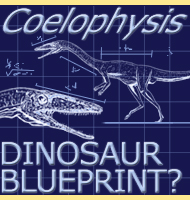 |
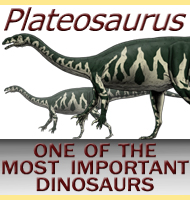 |
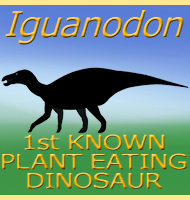 |
 |
